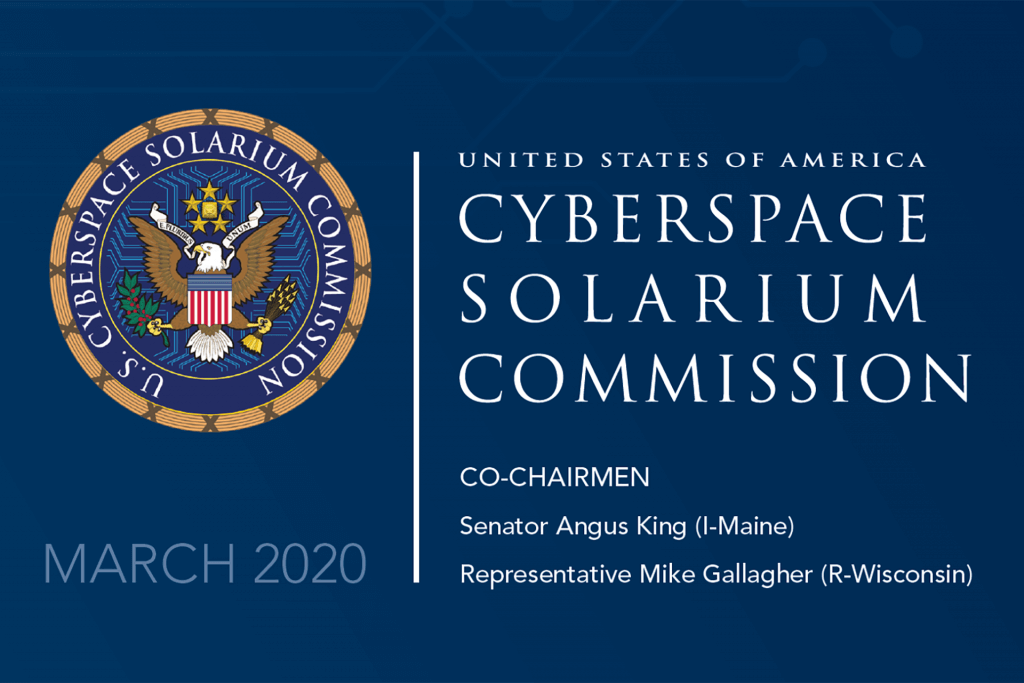Cyberspace Solarium Commission
Our Strategy
After conducting an extensive study including over 300 interviews, a competitive strategy event modeled after the original Project Solarium in the Eisenhower administration, and stress tests by external red teams, the Commission advocates a new strategic approach to cybersecurity: layered cyber deterrence. The desired end state of layered cyber deterrence is a reduced probability and impact of cyberattacks of significant consequence. The strategy outlines three ways to achieve this end state:
- Shape behavior. The United States must work with allies and partners to promote responsible behavior in cyberspace.
- Deny benefits. The United States must deny benefits to adversaries who have long exploited cyberspace to their advantage, to American disadvantage, and at little cost to themselves. This new approach requires securing critical networks in collaboration with the private sector to promote national resilience and increase the security of the cyber ecosystem.
- Impose costs. The United States must maintain the capability, capacity, and credibility needed to retaliate against actors who target America in and through cyberspace.
Each of the three ways described above involves a deterrent layer that increases American public- and private-sector security by altering how adversaries perceive the costs and benefits of using cyberspace to attack American interests. These three deterrent layers are supported by six policy pillars that organize more than 75 recommendations. These pillars represent the means to implement layered cyber deterrence.
While deterrence is an enduring American strategy, there are two factors that make layered cyber deterrence bold and distinct. First, the approach prioritizes deterrence by denial, specifically by increasing the defense and security of cyberspace through resilience and public- and private-sector collaboration. Reducing the vulnerabilities adversaries can target denies them opportunities to attack American interests through cyberspace. Second, the strategy incorporates the concept of “defend forward” to reduce the frequency and severity of attacks in cyberspace that do not rise to a level that would warrant the full spectrum of retaliatory responses, including military responses. Though the concept originated in the Department of Defense, the Commission integrates defend forward into a national strategy for securing cyberspace using all the instruments of power. Defend forward posits that to disrupt and defeat ongoing adversary campaigns, the United States must proactively observe, pursue, and counter adversaries’ operations and impose costs short of armed conflict. This posture signals to adversaries that the U.S. government will respond to cyberattacks, even those below the level of armed conflict that do not cause physical destruction or death, with all the tools at its disposal and consistent with international law.
[pdf-embedder url=”https://www.xbandenterprises.com/uploads/2020/03/Cyberspace-Solarium-Commission-Final-Report.pdf” title=”Cyberspace Solarium Commission Final Report”]
Credit: Cyberspace Solarium Commission
